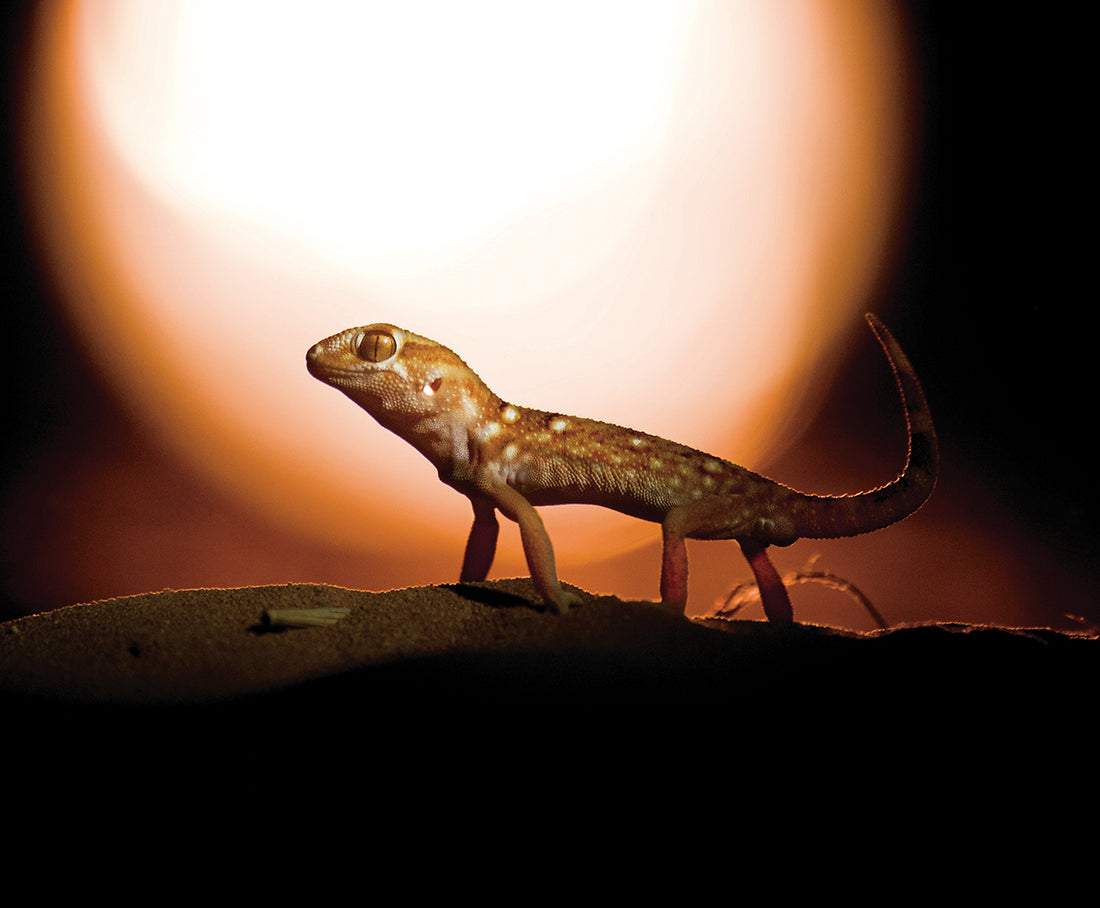Macrophotography is photography magnified. With its emphasis on detail, pattern, and texture, macrophotography can be very rewarding. The Kalahari in the rainy season are swamped with insects and other small creatures to photograph. Scorpions, geckos and lizards are feeding on insects attracted by your camp light. Moths and butterflies are also abundant and when the termites are out, the kestrels, kites and falcons are up in the air in their hundreds to capture them in mid-flight.

10 QUICK TIPS on macro photography
- Choose the best lens and when shooting at 1:1 or higher magnifications, depth of field is extremely narrow, so triple check focus before shooting. Always keep in mind that the eyes need to be in focus.
- Use Extension Tubes: an extension tube is very different from a converter and serves a very different purpose. A converter is designed to increase the apparent focal length of a lens, where an extension tube is designed to increase image size on the sensor, so that extreme close-up photos can be taken.
- Blend flashlight with ambient light. Ambient light is not always suitable for macrophotography, so that it is always a good idea to fill flash the shady areas and get some well controlled light on your subject.
- Rain droplets or rain always give macrophotography an interesting angle. It makes beautiful macro subjects, as they refract beautifully with light.
- Background colour plays an important role in composition. So, if you can frame a darker subject with fill flash in the foreground, against a lighter background, it will make the creature stand out from its surroundings and focus the viewers’ attention on it.
- Keeping your close-up images simple can give you the most dramatic and beautiful results. So, if you have the most of your photograph out of focus and just the subject or part of it in focus, you simplify things and can create a powerful image.
- Insects have very interesting bodies and one of the main elements of macrophotography in nature is to bring out all the colours and detail of the insect. So, ensure that you have sufficient illumination by investing in a good flash.
- Use a tripod to steady the camera. Stability is crucial.
- Use different apertures to control depth of field.
- Insects are more mobile in hot weather, so photograph them in the early mornings when it is cooler. You may even be lucky to find them with morning dew all over their bodies or wings, which adds greatly to the atmosphere of the image.
This is an excerpt from Kalahari PhotoTips - by Hannes Lochner


